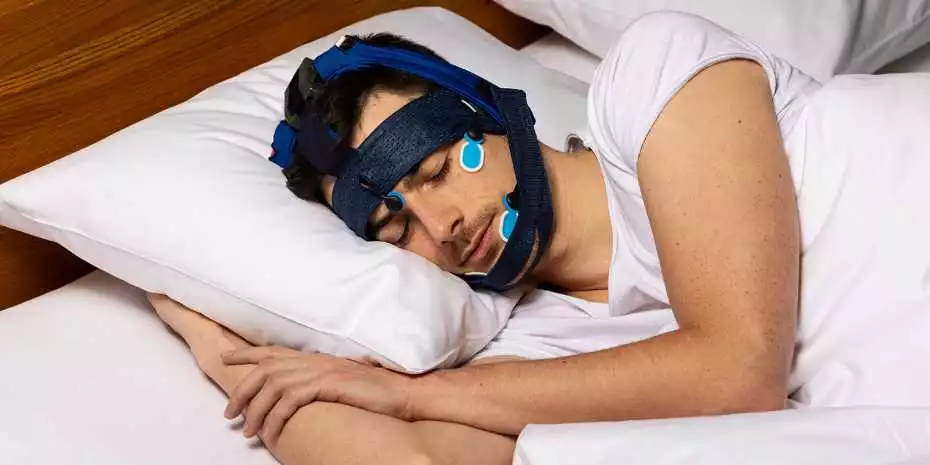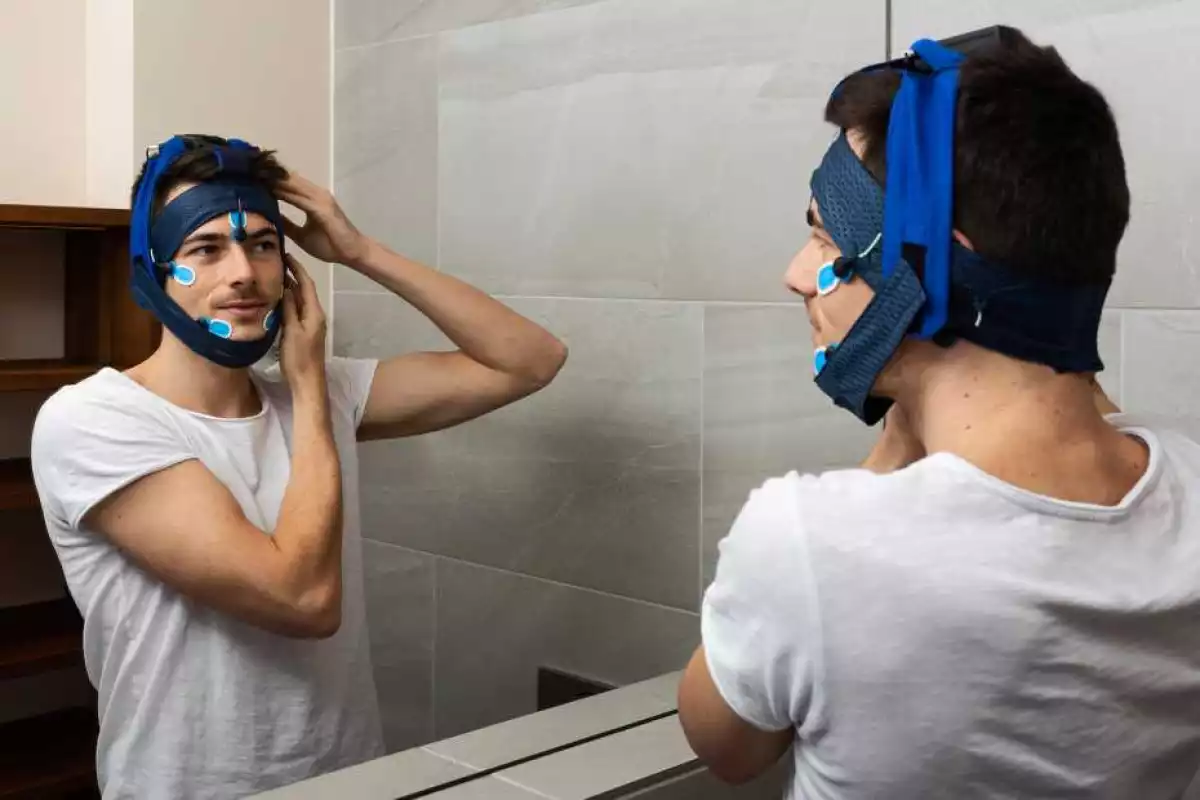As we get older, it becomes more difficult not just to get to sleep, but also to reach and maintain a state of deep sleep. The experimental new SleepLoop device is designed to help, by emitting noises into the wearer's head.
SleepLoop is currently in development at the ETH Zurich research institute. It was inspired by previous studies which indicated that precisely timed sounds played through headphones help boost brain waves known as slow waves, which occur during the deep sleep cycle.
Until now, however, this effect had only been achieved in sleep laboratories under controlled conditions. By contrast, SleepLoop is intended to be used at home, every night (as needed).
The headband section of the device contains electrodes and a microchip, which continuously monitor the electrical activity of the wearer's brain. As soon as slow waves are detected, the SleepLoop emits a short clicking auditory signal. Although the wearer doesn't consciously hear this sound, the signal reportedly does enhance the slow waves by helping to synchronize the activity of the relevant neurons.

In a test of the technology, 16 volunteers aged 62 to 78 years old used the SleepLoop at home every night for four weeks. The device emitted its sleep-boosting signal for only two of those weeks, and neither the participants nor the researchers knew in advance which two weeks those would be.
When the recorded data was subsequently analyzed, it was found that use of the SleepLoop did indeed enhance the slow waves in some of the test subjects, while it had little to no effect on others. Based on these findings, the scientists are now trying to establish a method of predicting how well the device will work on specific individuals, so its performance can be improved accordingly.
SleepLoop is presently being commercialized by spinoff company Tosoo. A paper on the research, which is being led by Dr. Caroline Lustenberger, was recently published in the journal Communications Medicine.
Sources: ETH Zurich, SleepLoop




